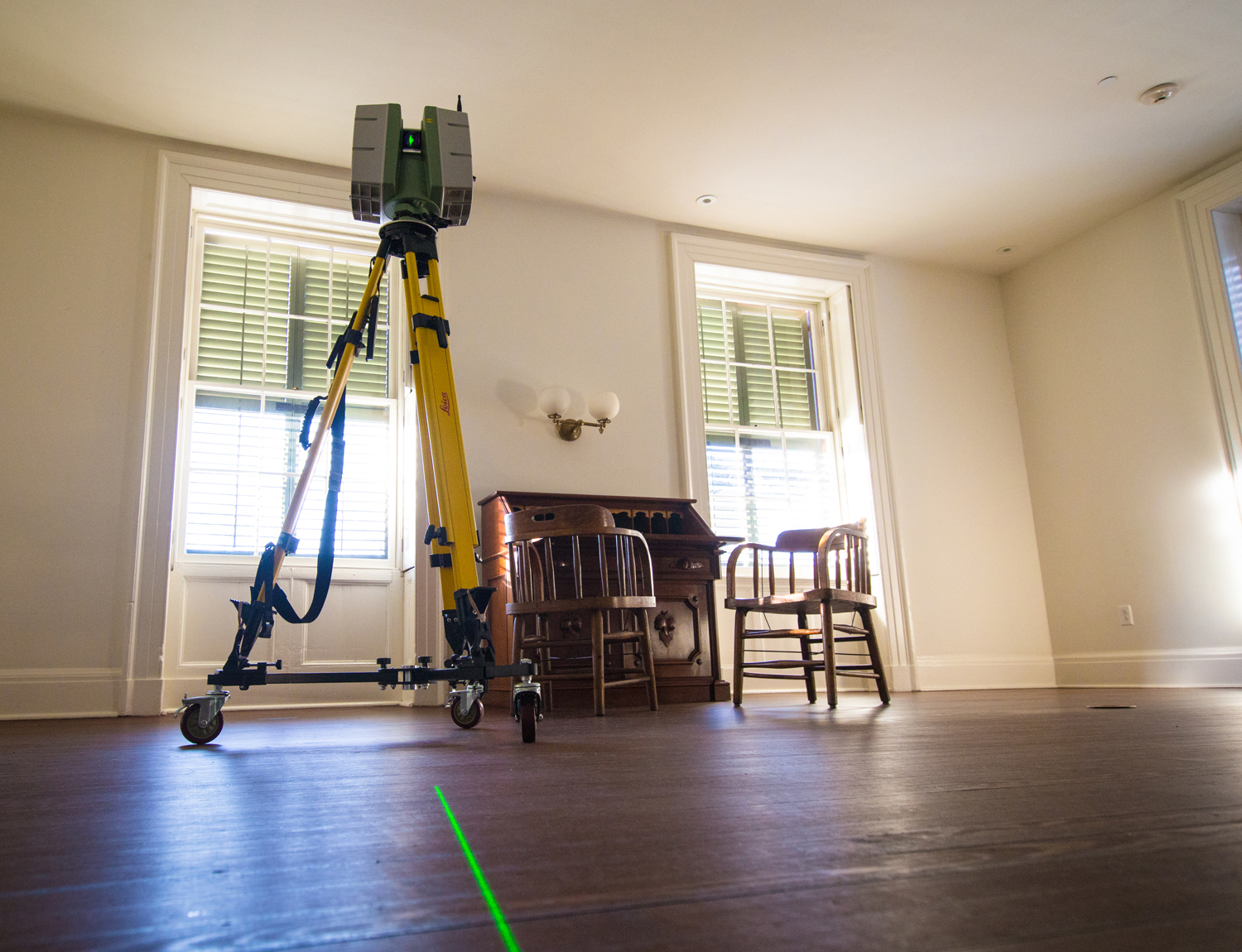Professor of physics and astronomy at Ithaca College Michael Rogers and a team of student researchers are spending a week 3D scanning the historic Lincoln’s Cottage. Once the project is complete, anyone will be able to take virtual tours of President Lincoln’s Civil War residence in Washington DC,where he authored the first draft of the Emancipation Proclamation, effectively ending the formal practice of slavery in the United States.
The project is just oneinstance in a growing trend of the use of 3D scanning to preserve historical structures and sites all over the world, potentially allowing them to be visited virtually from anywhere and long into the future or 3D print replicas for physical preservation. Rogers’s team will digitally capture every inch of the former President’s home, inside and out, using a powerful C-10 3D Laser Scanner from Leica Geosystems. The C-10 laser scanner was designed to capture topographical data at large construction sites for advanced project planning and is capable of sending out 50,000 laser pulses per second, recording detail as fine as 5 millimeters.
The Lincoln Cottage Museum is currently being operated by the National Trust for Historic Preservation, and is the newest designated National Monument in Washington DC. The home served as a holiday getaway for several presidents and was even considered the Summer White House for Presidents Hayes and Arthur. The home was where Lincoln made several important military decisions during the Civil War, and was last visited by the President the day before he was assassinated.
The Washington Post followed Rogers and his team to the cottage and spoke to them about their project, which you can see in the video below:
In addition to the obvious educational benefits of digital preservation, the Lincoln Cottage officials see the potential for using scans for future restoration projects. Having highly detailed architectural and structural data will be crucial for any future repairs that may eventually need to be made. The scans can also reveal structural secrets or closed off rooms that may have been hidden in the walls. The project is scheduled to be completed in the spring, when the warmer weather will allow for the exterior of the building to be fully captured.




